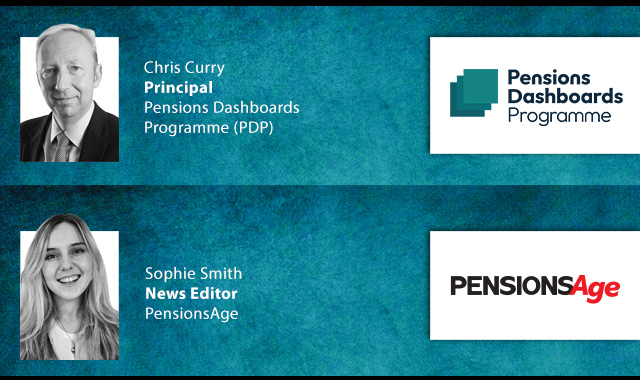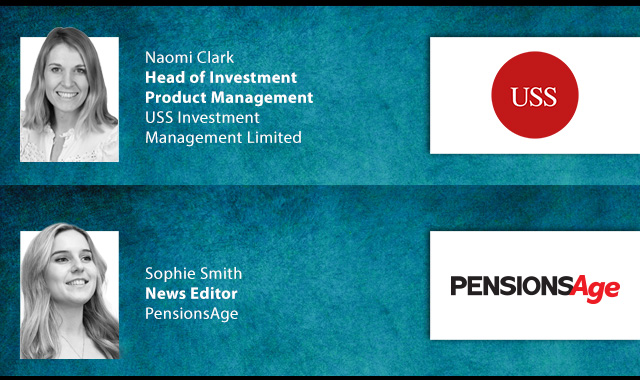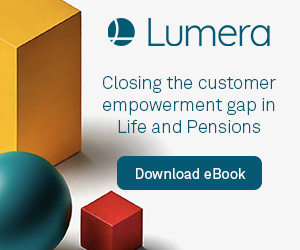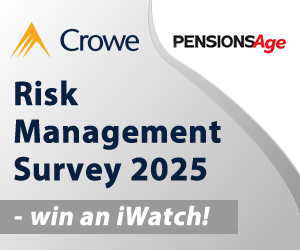Diversified growth funds (DGFs) have quickly established themselves in the UK pension industry in recent years. The desire to obtain long-term investment growth with less volatility than experienced in the past, when many growth asset portfolios were invested predominantly in equities, has attracted many pension schemes to these funds.
Choosing a DGF requires trustees and their advisers to weigh up the advantages of different investment approaches, with most of the focus on how returns are generated and how risk is managed. Different approaches may also mean different cost levels. As investors are typically focused on total net returns, costs are a factor that also deserves consideration.
Does it matter?
Logically, higher costs will create a larger drag on overall performance, and this can be more noticeable over the longer time frames that are typical for a pension investment. This has been recognised by a number of cross-industry bodies, including the NAPF (through its Pension Quality Mark standard) and The Pensions Regulator – the latter stating that DC scheme trustees should “devote sufficient time to ….understanding fund costs and charges.”
Breaking down costs
The headline annual management charge (AMC) is often the largest single component of fund costs. However, over the past decade, investors have concluded that the total expense ratio (TER) is a better measure of recurring costs as this includes additional expenses such as legal, custody and audit fees. But, despite its name, the TER does not capture all of the costs of investing in a fund.
Turnover of funds within the DGF
Neither the AMC nor the TER will usually include trading costs. Switching exposure between asset classes and sub asset classes (for example, between UK equities and European equities) is one of the main ways managers aim to add incremental returns for investors. Even the most effective active manager won’t be right with every trade, but each trade does incur transaction costs.
Turnover within underlying funds
In addition to the costs involved in selling and buying funds within the DGF, there are costs within each of the underlying funds. This is true even where the underlying funds are index tracking, but turnover tends to be significantly higher for underlying funds that are actively managed, as managers change their views over time.
Typically, annual one-way turnover of 100 per cent within an active equity fund might not be unusual. In contrast, the average annual turnover within the FTSE All World Index was less than 3 per cent over the five years to the end of 2012. This results in higher implicit costs for DGFs that use active underlying funds rather than index-tracking funds.
Costs of derivative exposure
Most DGFs make use of both exchange traded and over-the-counter derivatives such as futures, options, and total return swaps (TRS). When taking shorter-term positions it may be more efficient to use derivatives rather than physical assets, due to lower initial trading costs. However, it is important to note returns from some derivatives will not match those from physical assets due to the cost of funding the position. Derivatives can provide important flexibility, but we believe that extensive use can create additional costs that will impact returns.
Summary
It can be difficult to see the total costs of a DGF, particularly where more complex implementation and active management are involved. However, we believe that this is a worthwhile exercise: the benefits of some strategies are well articulated, easy to visualise and appealing, while the costs can be overlooked as these can seem abstract. Assessing managers’ ability to generate returns and manage risk is central to fund selection and costs should not be the sole consideration when choosing a fund. But when targeting a level of net returns, it is sensible to weigh up the costs incurred in executing the fund manager’s strategies as well as the return potential.
Michael C Walsh is head of multi-asset distribution, Legal & General Investment Management
Latest News
-
Govt urged to consider 'more effective' alternatives to IHT pension changes
-
Reforms signify ‘clear path forward’ for LGPS; ‘stronger collaboration’ needed
-
Reach to provide extra £5m in pension funding after discovering historical error
-
RNIB pension scheme appoints Schroders Solutions as fiduciary manager
-
Moderate retirement pension gap increases to more than £31,000
-
GMPF invests £100m into L&G affordable housing fund
Time for CDI
Laura Blows speaks to AXA Investment Managers (AXA IM) senior portfolio manager for fixed income, Rob Price, about cashflow-driven investing (CDI) in Pensions Age’s latest video interview
Closing the gender pension gap
Laura Blows discusses the gender pension gap with Scottish Widows head of workplace strategic relationships, Jill Henderson, in our latest Pensions Age video interview
Keeping on track

In the latest Pensions Age podcast, Sophie Smith talks to Pensions Dashboards Programme (PDP) principal, Chris Curry, about the latest pensions dashboards developments, and the work still needed to stay on track
Building investments in a DC world

In the latest Pensions Age podcast, Sophie Smith talks to USS Investment Management’s head of investment product management, Naomi Clark, about the USS’ DC investments and its journey into private markets
© 2019 Perspective Publishing Privacy & Cookies















Recent Stories